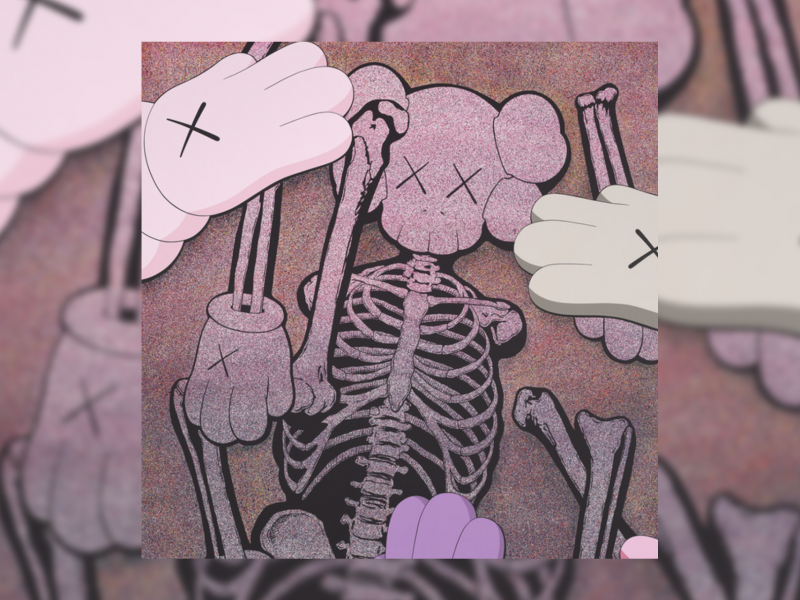I first remember listening to “Knock Knock” in middle school with my siblings. My brother, who was 16 at the time, would always show my sister and me the latest rap songs and projects. The single, from Mac Miller’s 2010 mixtape K.I.D.S., was a new style to us. It was young and chipper, with a reckless nature — very appealing to an 11-year-old like me.
Miller released another mixtape, Best Day Ever, the next year. His debut album, Blue Slide Park, came several months after that. Songs like “Frick Park Market” and “Smile Back” were prominent sources of childlike energy.
This nostalgia is one of many reasons why six months after his sudden death, it still hurts a lot more than I expected it to.
For a few years after I discovered him, the Pittsburgh native fell off my radar. I was entering high school, and my music tastes began changing. I started discovering new artists. It wasn’t until I was close to graduating that I became reacquainted.
The stark black-and-white image of Miller screaming on the cover of 2015’s GO:OD AM caught my attention while scrolling Spotify. So I listened, and I was taken aback by his growth in the four years I was away. Some of that recklessness had turned into pain, his notoriety had brought highs and lows, and he expressed these experiences with even sharper flow and lyricism.
The next year, on The Divine Feminine, he incorporated jazz and classical music over poetic love songs. I had given him an invisible blue ribbon for “most improved.”
I was looking forward to his latest album, Swimming. I was eager to hear how his sound had grown even more. But my habits when it comes to listening to new music changed. The large quantity of releases has led me to listen when I get around to it, when some of the hype dies down and I can form my own opinions.
Then there was news that Miller died. I didn’t believe the friend who told me, and when it sunk in, I feared the cause of death was an overdose, which was confirmed a couple of months later. He was 26.
[Read more: Mac Miller, my brother and the deadly stigma around substance abuse]
The album is saved in my Spotify library, and I think I’ve listened to two tracks, one of which was “2009.” The song, backed by dramatic strings and minimal keys, is a reflective journey of his last near-decade, how far he had come and his hope for rebirth.
It was painful to listen to, and I feared this type of optimism would be present throughout. I was also fearful of Miller’s pessimism. His addiction often frames his music, and it seemed as if he dreaded it would inevitably win. So the other songs have gone unplayed.
I’ve been wanting to write this piece for a while now. A lot of the shock surrounding his death had fled, and I figured enough time had passed for me not to associate his death with fleeting things like time and youth, or more indefinite matters like addiction. And I knew I’d have to potentially force myself to go back to his music to help me better articulate what I wanted to express — which I did.
It’s still surreal. It only became apparent by the way I still somberly — and somewhat guiltily — skip his music during shuffle. After all, when artists die, aren’t you supposed to play more of their music to appreciate their art and their life?



